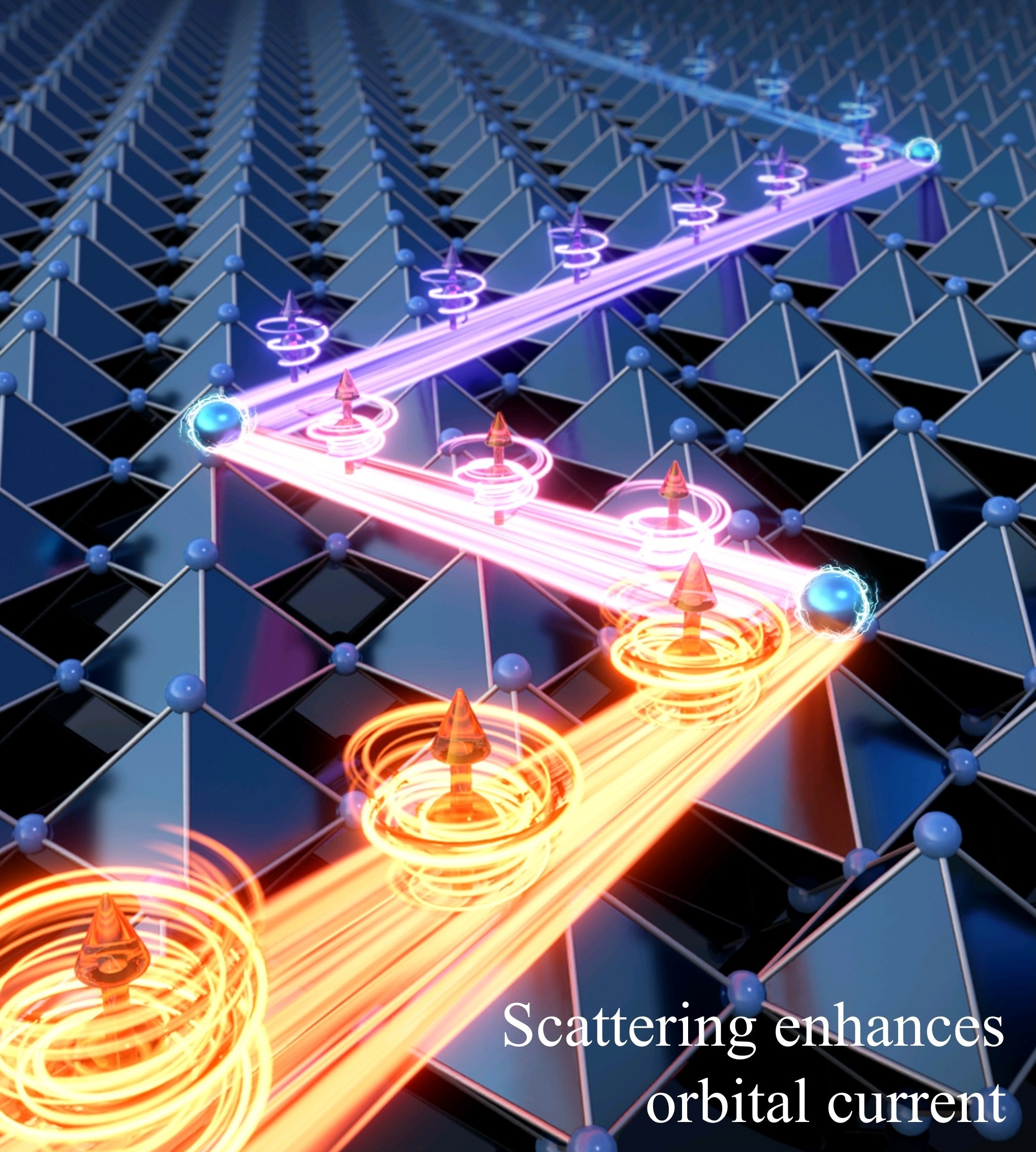Scientists have turned a longstanding challenge in electronics-material defects-into a quantum-enhanced solution, paving the way for new-generation ultra-low-power spintronic devices.
Spintronics, short for "spin electronics", is a field of technology that aims to go beyond the limits of conventional electronics. Traditional devices rely only on the electric charge of electrons to store and process information. Spintronics takes advantage of two additional quantum properties: spin angular momentum, which can be imagined as a built-in "up" or "down" orientation of the electron, and orbital angular momentum, which describes how electrons move around atomic nuclei. By using these extra degrees of freedom, spintronic devices can store more data in smaller spaces, operate faster, consume less energy, and retain information even when the power is switched off.
A longstanding challenge in spintronics has been the role of material defects. Introducing imperfections into a material can sometimes make it easier to "write" data into memory bits by reducing the current needed, but this typically comes at a cost: electrical resistance increases, spin Hall conductivity declines, and overall power consumption goes up. This trade-off has been a major obstacle to developing ultra-low-power spintronic devices.
Now, the Flexible Magnetic-Electronic Materials and Devices Group from the Ningbo Institute of Materials Technology and Engineering (NIMTE) of the Chinese Academy of Sciences have found a way to turn this problem into an advantage. Their study, published in Nature Materials, focused on the orbital Hall effect in strontium ruthenate (SrRuO3), a transition metal oxide whose properties can be finely tuned. This quantum phenomenon causes electrons to move in a way determined by their orbital angular momentum.
Using custom-designed devices and precision measurement techniques, the researchers uncovered an unconventional scaling law that achieves a "two birds with one stone" outcome: Defect engineering simultaneously boosts both orbital Hall conductivity and orbital Hall angle, a stark contrast to conventional spin-based systems.
To explain this finding, the team linked it to the Dyakonov-Perel-like orbital relaxation mechanism. "Scattering processes that typically degrade performance actually extend the lifetime of orbital angular momentum, thereby enhancing orbital current," said Dr. ZHENG Xuan, a co-first author of the study.
"This work essentially rewrites the rulebook for designing these devices," said Prof. WANG Zhiming, a corresponding author of the study. "Instead of fighting material imperfections, we can now exploit them."
Experimental measurements confirm the technology's potential: tailored conductivity modulation yielded a threefold improvement in switching energy efficiency.
This study not only provides new insights into orbital transport physics but also redefines design strategies for energy-efficient spintronics.
This study received support from the National Key Research and Development Program of China, the National Natural Science Foundation of China, and other funding bodies.

Paradoxical effect where scattering enhances orbital currents unlocks low-power high-performance spintronics. (Image by NIMTE)






